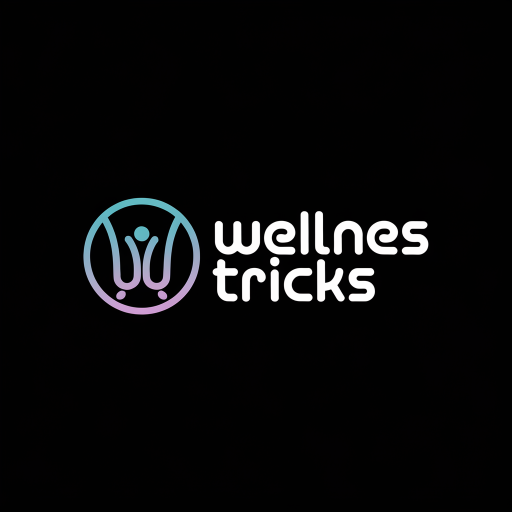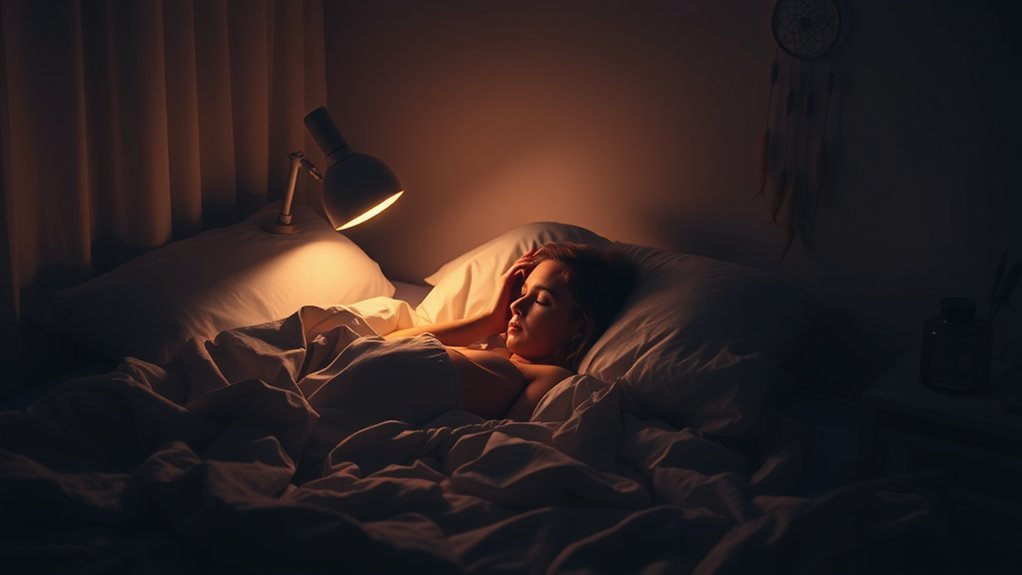This Visualization Hack Helped Me Sleep Deeper
Studies show that around 30% of adults struggle with sleep-related issues, impacting their daily lives significantly. This common challenge often leads individuals to seek effective solutions. One such approach involves a simple yet powerful visualization technique that can transform your sleep experience. By exploring this method, you might discover how to enhance the quality of your nightly rest without relying solely on medications or complicated routines.
Understanding Sleep and Its Importance
Sleep is a vital component of overall health and well-being. Understanding its significance helps you appreciate the need for quality rest.
During sleep, particularly in the deep sleep stage, your body undergoes crucial restorative processes like tissue repair and memory consolidation.
Deep sleep visualization techniques can enhance your ability to achieve this restorative state. By picturing calming and serene environments before bedtime, you signal your mind and body to enter a deeper sleep.
This process not only aids in falling asleep faster but also ensures you experience the full benefits of restorative sleep, ultimately improving your overall health and cognitive function. Additionally, maintaining a consistent sleep schedule can further enhance sleep quality and overall well-being.
The Power of Visualization Techniques
Visualization techniques harness the mind’s power to influence physiological responses, promoting relaxation and enhancing sleep quality. By effectively channeling your imagination, you can significantly improve your mental state before bedtime.
Research indicates that these techniques can:
- Reduce anxiety levels
- Lower heart rate
- Enhance feelings of safety and comfort
- Foster a deeper sense of tranquility
Engaging in visualizations can lead to better sleep cycles, as your brain associates specific mental images with relaxation. Incorporating breathing techniques into your visualization practice can further enhance your ability to fall asleep peacefully.
As you adopt these practices consistently, you’ll notice marked improvements in the speed at which you fall asleep and the depth of that sleep.
My Personal Journey to Deeper Sleep
For many years, I struggled with restless nights and repetitive thoughts that hindered my ability to achieve deep sleep. You may relate to tossing and turning, anticipating the next day’s demands, and feeling frustrated by your lack of rest.
Research indicates that mental chatter disrupts sleep quality, leading to increased cortisol levels. Over time, I began tracking my sleep patterns alongside my daily habits, leading to insights about stress triggers.
Implementing small changes helped lower anxiety, while fostering a routine improved my sleep architecture. Through this analytical approach, I gradually discovered effective strategies that positively impacted my overall sleep quality. One critical insight was understanding how deep sleep visualization techniques can cultivate mental imagery that promotes relaxation and ultimately aids in achieving more restorative slumber.
Step-by-Step Visualization Method
Here’s how to implement it step-by-step:
- Find a quiet, comfortable space to lie down.
- Close your eyes and take deep, slow breaths.
- Visualize a serene environment, like a tranquil beach or a lush forest.
- Focus on the details: the colors, sounds, and sensations of your imagined setting.
Incorporating a visualization technique into your evening routine can significantly support hormone balance, ultimately enhancing your overall well-being and promoting restful sleep.
Tips for Enhancing Your Sleep Routine
How can you significantly enhance your sleep routine for better rest?
First, establish a consistent sleep schedule; going to bed and waking up at the same time daily regulates your body’s internal clock.
Next, create a calming pre-sleep ritual, such as reading or meditating, to signal your brain it’s time to wind down.
Limit exposure to screens at least an hour before bed, as blue light interferes with melatonin production.
Additionally, ensure your sleep environment is conducive: a dark, cool, and quiet room can prioritize quality sleep.
Lastly, consider maintaining a balanced diet, as heavy meals before bedtime can disrupt sleep. Incorporating a simple habit, such as a 5-minute bedtime ritual, can significantly enhance your sleep quality.

